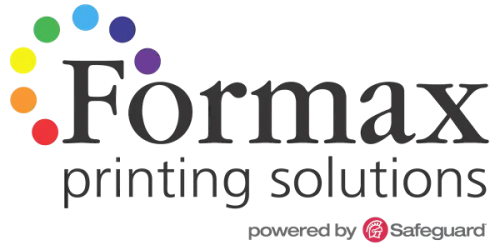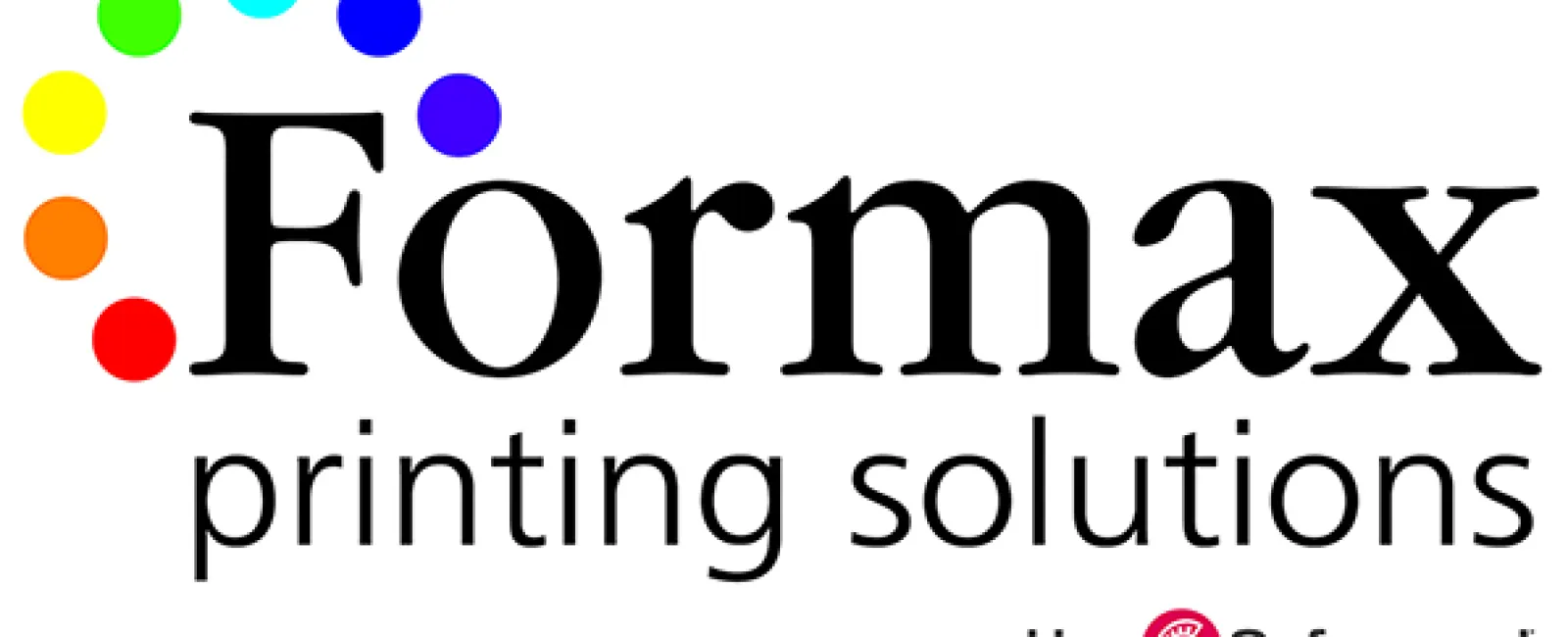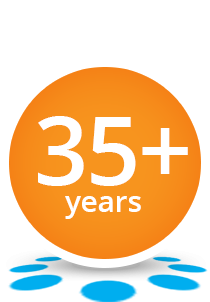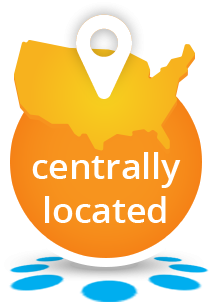Saddle stitch binding is a popular choice for many print projects.
It's a technique that's been around for years, proving its effectiveness and reliability.
But what makes it so popular?
This article will dive into the advantages of saddle stitch binding techniques. We'll explore why it's a cost-effective, versatile, and user-friendly option for both professionals and self published authors.
We'll also discuss the importance of page count in saddle stitch binding. Understanding this aspect can help you maximize the benefits of this binding method.
Whether you're looking to print a saddle stitch booklet or curious about saddle stitch printing, this guide will provide valuable insights. Let's dive in and discover the potential of saddle stitch binding for your next project.
Understanding Saddle Stitch Binding
Saddle stitch binding is a simple yet effective method used in the printing world. It involves folding large sheets of paper and stapling them along the fold line, which forms the spine.
This method is commonly used for booklets, brochures, and magazines with fewer pages. Its straightforward nature makes it an ideal choice for short print runs.
The Saddle Stitch Binding Process
The process begins by preparing the pages for printing. They are printed as large sheets, each carrying multiple pages of the booklet.
Once printed, the sheets are folded in half to align the pages correctly. This creates a crease along the center, which becomes the spine of the finished booklet.
After folding, the sheets are stapled through the fold with metal staples. This secures them in place, providing a clean and professional look.
Key Advantages of Saddle Stitch Binding
Saddle stitch binding offers a range of benefits making it a popular choice for many printing projects. This binding technique shines due to its simplicity and effectiveness.
One of the key advantages is its cost-effectiveness. It's an economical option, especially favorable for small to medium-sized print runs.
Another attractive feature is the quick turnaround time. The process is not only fast but also straightforward, reducing waiting times.
The versatility in design gives it broad appeal. From booklets to promotional materials, customization is easy and diverse.
Finally, the binding allows publications to lay flat, which is excellent for reading and displaying content. This practical feature adds to its popularity in various publishing circles.
Cost-Effectiveness and Affordability
Saddle stitch binding stands out for its affordability. It is less expensive than other binding techniques like perfect binding.
This cost advantage is particularly beneficial for projects with a tight budget. Businesses and small publishers can achieve professional results without breaking the bank.
Quick Production and Turnaround Time
The saddle stitch process is known for its rapid production capabilities. It involves minimal steps, allowing for quick assembly and delivery.
This advantage makes it perfect for meeting tight deadlines. Events, promotions, and last-minute projects can benefit significantly from its efficiency.
Versatility in Design and Customization
Saddle stitch binding is incredibly versatile. It accommodates various sizes and shapes, making it suitable for different types of projects.
Moreover, it supports a wide range of paper types and finishes. This versatility allows publishers to align projects with their specific aesthetic goals.
Ease of Use and Simplicity
Simplicity defines saddle stitch binding. The process is easy to understand and implement, even for beginners.
Its straightforward nature reduces the risk of errors. This reliability makes it a favorite among designers looking for hassle-free binding.
Page Count Considerations for Saddle Stitch Binding
Page count is a crucial aspect of saddle stitch binding. It greatly influences the outcome and usability of the booklet.
To ensure optimal results, understanding the importance of page divisions is vital. This knowledge helps avoid common pitfalls.
A key rule is that the total page count must be divisible by four. This requirement stems from how the paper is folded and stapled.
Failing to adhere to this rule can result in blank pages at the beginning or the end of your book. It's essential to plan content wisely to fill each page effectively.
Optimal Page Count for Saddle Stitch Booklets
The optimal page count for a saddle stitch booklet generally ranges from 8 to 64 pages. This range ensures the booklet remains sturdy and easy to handle.
Going beyond this range may lead to issues with stability and usability. For booklets with fewer than 8 pages, consider other binding methods for better results. Keeping within the ideal page count helps maintain the booklet's integrity and ensures a professional finish.
Why Multiples of Four Matter
Saddle stitch binding relies on sets of pages made from folded sheets. Each sheet forms four pages when folded in half.
Therefore, the total page count must align with this principle. Adhering to multiples of four prevents unnecessary blank pages.
Ignoring this can disrupt the sequence of your content. Proper planning ensures the booklet's layout meets both aesthetic and functional needs.
Printing Your Saddle Stitch Booklet
Printing a saddle stitch booklet offers flexibility and creativity. It allows for various paper types, finishes, and designs. Before printing, consider the specific needs of your project.
A professional printer can ensure high-quality results. They have the skills and tools to handle different design complexities. Collaborating with experienced professionals minimizes errors.
Plan your booklet layout meticulously. This step ensures your content fits well and aligns correctly. Early planning avoids mistakes that may arise later in the production stage.
Choosing the Right Paper and Cover
Selecting the right paper is pivotal for a successful booklet. Consider the weight and finish of the paper for durability. Heavier paper may limit the total pages but adds a premium feel.
The cover is the first impression of your booklet. Opt for sturdy cardstock to increase longevity. A well-chosen cover enhances both the aesthetics and functionality of the booklet.
Design and Layout Tips
Effective design and layout are key to captivating your audience. Ensure your design accommodates the saddle stitch binding process. Important text or images should not get cut at the margins.
Utilize white space for improved readability. A cluttered design can overwhelm readers and detract from your message. Thoughtful layout planning makes the booklet engaging and easy to navigate.
Saddle Stitch Binding for Various Projects
Saddle stitch binding is versatile and fits numerous applications. Its simplicity and affordability make it a top choice in many sectors. It's particularly favored for short-term or small-scale projects.
This binding technique is known for its adaptability. It serves various purposes, from professional to personal endeavors. Its flexibility allows creative freedom for designers and professionals.
Here are some projects where saddle stitch binding shines:
Event programs
Product catalogs
Marketing brochures
Educational booklets
Photo books
Ideal Uses for Saddle Stitch Binding
Saddle stitch binding is perfect for projects requiring quick turnaround. Event programs and marketing materials often use this binding due to its efficiency. The technique's ability to lay flat is a plus for easy reading and display.
Saddle stitch booklets are excellent for displaying visual content, such as product catalogs. Their lightweight nature means lower shipping costs for bulk orders, adding to their practicality.
Custom Projects and Creative Applications
Saddle stitch binding invites creativity and customization. It allows for unique projects like custom photo books or limited edition publications. This technique gives creators the freedom to experiment with different sizes and shapes.
It's also well-suited for educational materials, offering both durability and simplicity. Artists and writers often choose this method to self-publish and share their work. The binding's affordability makes it accessible for startups and creative enterprises.
Conclusion: Why Choose Saddle Stitch Binding
Saddle stitch binding offers a perfect blend of affordability and quality. Its simplicity accommodates swift production without sacrificing style. This binding method is an excellent option for those seeking a balance between budget and aesthetics.
For short-term or frequently updated materials, its advantages are clear. Saddle stitch binding's versatility suits various projects, fulfilling both professional and personal needs. Choosing this technique means embracing a time-tested, reliable option. Do you have an upcoming project that would benefit from the saddle stitch binding method? Reach out to us at 866-367-6221 or submit our quote request form and we would be happy to help!
Take Care, Rick




